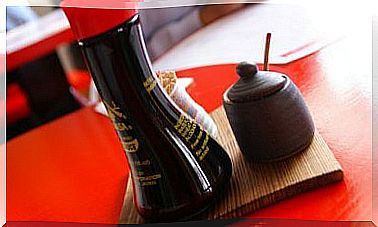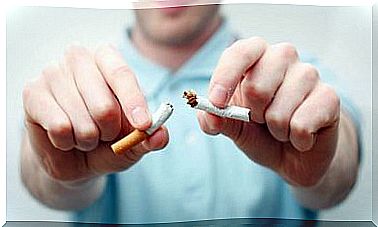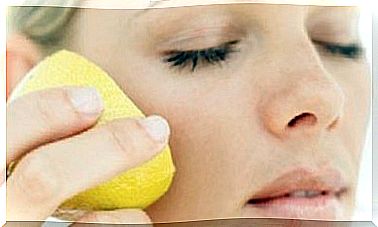Toothache? The Cause May Be Sinusitis
Toothache or tooth pain can be the result of tooth decay, gum disease, or some type of infection. But, in addition to these common causes, it was recently determined that sinusitis could be another cause of this pain.
If this problem is not treated properly, it can affect the quality of life of those who suffer from it and cause serious dental problems.
This is confirmed by some studies, such as this information, where the International Journal of Odontostomatology exposes a little about the surgical treatment for Maxillary Sinusitis of Odontogenic Origin.
What is sinusitis?
In the abstract of this study, it is shown that sinusitis is the inflammation of the paranasal sinuses that can occur as a result of an infection or other derived problem. The sinuses are bony cavities in the bones of the face – around the nose – and through which air passes.
When a person is healthy, their sinuses are slightly moist, but when they are affected by a bacterial or viral infection, they tend to become irritated and inflamed. This is how what is known as sinusitis occurs.
Often, the symptoms of this condition, according to information from Mayo Clinic experts, appear after 5 to 7 days after a cold that does not improve. The most common include:
- Bad breath.
- Loss of sense of smell.
- Cough that feels worse at night.
- Fatigue and a feeling of general malaise.
- Fever.
- Headache.
- Pressure-like pain, behind the eyes, toothaches, or facial tenderness.
- Stuffy and runny nose
- Sore throat and postnasal drip.
What is the relationship between sinusitis and toothache?
For some years it was found that sinusitis and toothache are closely related. This type of pain has been called maxillary sinusitis and can be felt throughout the jaw, teeth, cheeks, and eyes. In most cases the pain is felt in the upper row of teeth and causes swelling of the roof of the mouth.
Depending on the degree of the disease, four types of maxillary sinusitis are distinguished:
- Sharp
- Subacute
- Recurrent acute
- Chronicles
To give the diagnosis of maxillary sinusitis, the doctor or specialist relies on symptoms such as:
- Fever
- Nasal congestion
- Purulent rhinorrhea
- One-sided facial pain or heaviness
Causes
Sinusitis can be triggered by various agents, including allergies, irritating chemicals, or an infected jaw tooth.
When such an infection occurs, the person may experience severe tooth pain and tenderness under the eye and cheekbone.
According to this study, where the Spanish Society of Otorhinolaryngology and Cervico-Facial Pathology participated , it is explained that some of its causes are linked to hereditary characteristics and others to be evaluated in initial or entry tests.
Pain in the maxillary sinuses
Toothaches that are related to sinusitis are associated with inflammation of the maxillary sinuses.
This swelling, in turn, causes a sensation of pain and discomfort in the upper back teeth, which can increase when chewing food.
When the pain is felt in several teeth and not just one, it is very likely due to a sinusitis of this type.
Prevention
To reduce the risk of sinusitis it is recommended:
- Increase your intake of vitamin C. It helps strengthen the immune system and is found in dietary supplements, orange juice, and other citrus fruits.
- Wash your hands regularly, especially before eating food. Remember that these are all the time exposed to surfaces, germs and microorganisms.
- If you have the flu, it is advisable to use tissues to blow your nose. It seems that perfect environments are created in fabrics for the growth of bacteria.
- Adequate oral hygiene habits. Sinusitis has negative effects on the mouth, making dental hygiene difficult. That can give us bad breath. Therefore, it is very important to improve dental hygiene as a prevention method.
- Consult the dentist periodically to check the condition of your mouth and prevent gum disease or cavities.









